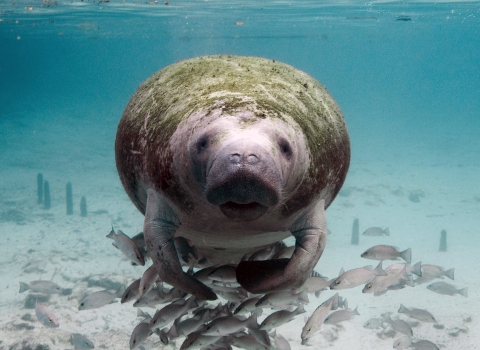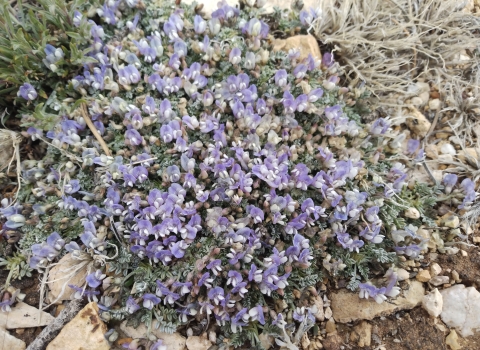The U.S. Fish and Wildlife Service has prepared draft revised boundaries for two existing Coastal Barrier Resources System (CBRS) units in Florida and four existing units and two proposed new units in South Carolina. The Federal Register notice announces the availability of the proposed revised boundaries for a 60-day public comment period.
The revisions, involving Okaloosa and Walton counties in Florida and Beaufort and Charleston counties in South Carolina, propose removing from the CBRS areas mistakenly included in the past due to outdated mapping technologies and adding undeveloped land and associated aquatic habitat. Taken together, the changes support improved planning of coastal infrastructure projects, mitigation of flood risks and conservation of fish and wildlife habitat.
The proposed changes in Florida would remove 17 acres of undeveloped uplands from the CBRS and add 57 acres of predominantly wetlands and open water to the CBRS. The proposed changes in South Carolina would remove 13 acres of developed uplands from the CBRS and add 9,956 acres of predominantly wetlands and open water to the CBRS.
The CBRS was established by the Coastal Barrier Resources Act (CBRA) in 1982 to save federal taxpayer dollars and reduce the intensity of development within hazard-prone and ecologically sensitive coastal areas. It does this by prohibiting most new federal expenditures and financial assistance within the CBRS, including federal subsidies associated with infrastructure projects, disaster assistance and flood insurance. However, new development still can occur provided that private or other non-federal parties bear the full cost of building or re-building in these highly vulnerable, biologically important areas.
A 2019 study published in the Journal of Coastal Research found that CBRA has saved Americans $9.5 billion between 1989 and 2013 and forecasts that additional savings will range between $11 and $109 billion during the next 50 years.
The comment period on the proposed revisions will close on March 5, 2021. The proposed boundaries and summaries of the proposed changes can be accessed via the CBRS Projects Mapper on the Service’s CBRA website. The website also contains information on how to submit public comments.
This action can be found on the Federal Register e–Rulemaking Portal. The docket number is: FWS-HQ-ES-2019-0058. Following the close of the public comment period, the Service will assess comments received, make any appropriate changes, and prepare final recommended maps for transmittal to Congress. The changes will become effective only once Congress adopts the revised maps through legislation.
This effort continues the Service’s progress in modernizing the maps that depict the CBRS. In 2018, President Trump signed into law the Strengthening Coastal Communities Act, which constituted the largest legislative update to the CBRS maps since 1990. The Service’s modernization efforts have helped bring the maps into the 21st century and grant relief to hundreds of private property owners along the coast.



